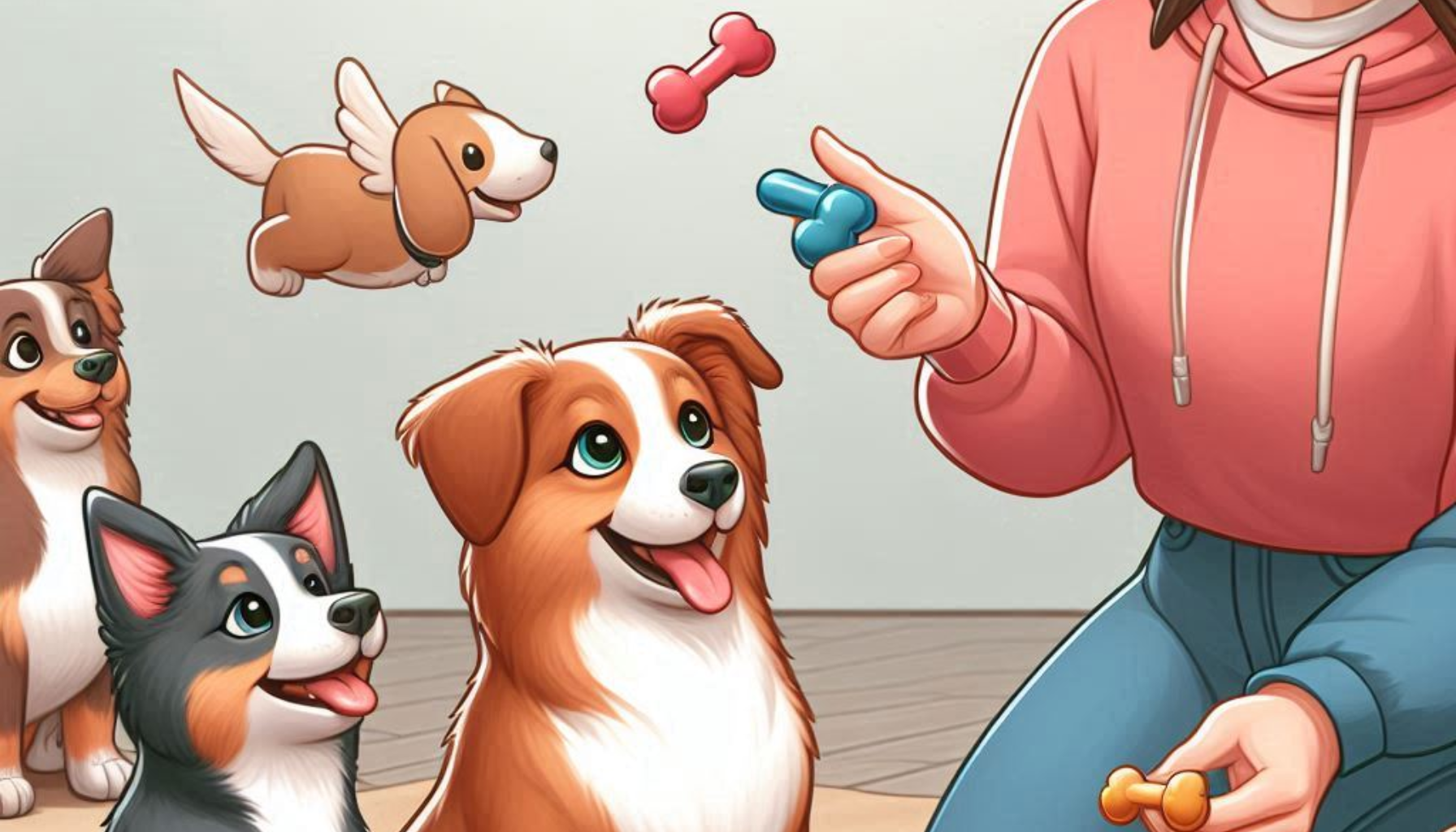Training your pet is one of the best ways to build a strong bond, improve behavior, and encourage good habits. Positive reinforcement is the most effective and humane training method—it focuses on rewarding good behavior instead of punishing bad behavior.
The good news? Dogs and cats both respond well to positive reinforcement when done correctly. In this guide, you’ll learn how to use rewards, avoid common mistakes, and successfully train your pet using positive reinforcement techniques.
1. What Is Positive Reinforcement? 🤔🐾
Positive reinforcement means rewarding your pet when they do something good. This makes them more likely to repeat the behavior.
✅ Examples of Positive Reinforcement:
✔ Giving a treat when your dog sits on command.
✔ Praising your cat when they use the scratching post.
✔ Playing with a toy after your pet follows a command.
🚨 Avoid: Punishment-based training (yelling, hitting, or scolding) creates fear and anxiety instead of learning.
📌 Tip: Rewards should come immediately after the behavior to make the connection clear!
2. Choosing the Right Rewards for Your Pet 🍖🐾
Different pets respond to different rewards. Find what motivates your pet the most!
✅ Best Rewards for Dogs & Cats:
✔ Tasty treats (chicken, cheese, freeze-dried liver).
✔ Verbal praise (“Good boy!” “Good girl!”).
✔ Toys & playtime (fetch, tug-of-war).
✔ Physical affection (belly rubs, ear scratches).
📌 Tip: Keep training treats small and low-calorie to avoid overfeeding!
3. How to Use Positive Reinforcement in Training 🎾🐶🐱
✅ Step-by-Step Training Guide:
1️⃣ Give a command (e.g., “Sit”).
2️⃣ Wait for your pet to respond.
3️⃣ Immediately reward them when they follow the command.
4️⃣ Repeat several times to reinforce the behavior.
📌 Tip: Use clear, simple commands like “Sit,” “Stay,” or “Come” to avoid confusion.
4. Timing Is Key: When to Give Rewards ⏳🐾
Pets learn best when rewards are given instantly.
🚨 Do This:
✔ Reward within 1-2 seconds after the good behavior.
✔ Be consistent—always reward the same behavior.
❌ Avoid This:
❌ Delaying the reward—your pet won’t connect it to the action.
❌ Rewarding bad behavior by accident (e.g., giving treats when your dog jumps on guests).
📌 Tip: Clicker training is a great tool to mark good behavior instantly!
5. Training Commands for Dogs 🐕🎾
✅ Basic Commands to Teach Your Dog:
✔ Sit – Helps with impulse control.
✔ Stay – Prevents running off.
✔ Come – Essential for safety.
✔ Leave it – Stops them from picking up dangerous objects.
📌 Tip: Train in short sessions (5-10 minutes) to keep your dog engaged!
6. Training Commands for Cats 🐱🎾
Yes, cats can be trained too! Positive reinforcement works well with patience and rewards.
✅ Basic Commands to Teach Your Cat:
✔ Come when called – Use treats or toys as motivation.
✔ Sit – Encourage calm behavior.
✔ Use a scratching post – Reward when they use it instead of furniture.
✔ High five or shake paw – Fun tricks for mental stimulation.
📌 Tip: Cats respond best to short training sessions (1-2 minutes at a time).
7. How to Stop Bad Behavior with Positive Reinforcement 🚫🐾
Instead of punishing bad behavior, redirect your pet’s attention to something positive.
✅ How to Correct Unwanted Behavior:
❌ If your dog jumps on people: Ignore them & reward when they stay calm.
❌ If your cat scratches furniture: Redirect them to a scratching post & reward them for using it.
❌ If your pet begs for food: Ignore the begging and reward them when they’re calm.
📌 Tip: Reward what you want to see more of—ignore what you don’t!
8. Common Training Mistakes & How to Avoid Them ⚠️🐾
🚨 Mistakes That Can Slow Down Training:
❌ Inconsistent commands (saying “Down” one day, “Lie Down” the next).
❌ Punishing mistakes (this causes fear, not learning).
❌ Training too long (keep sessions short and fun).
❌ Overusing treats (mix in praise & toys too).
📌 Tip: Stay patient—some pets learn fast, while others take time!
9. Making Training Fun & Engaging 🎉🐕🐈
Pets learn best when training is fun and engaging!
✅ Ways to Keep Training Exciting:
✔ Mix up rewards (treats, toys, playtime).
✔ Change locations to challenge them (park, home, backyard).
✔ Add fun tricks like “Spin” or “Shake paw” after mastering basics.
📌 Tip: Always end on a positive note—finish training with a treat or fun play session!
10. How Long Does Training Take? ⏳🐾
Every pet learns at a different pace.
✅ Training Time Estimates:
✔ Basic commands: 1-2 weeks.
✔ House training: 2-4 weeks.
✔ Advanced tricks: Several months.
📌 Tip: Even after training, keep practicing regularly to reinforce good behavior!
Final Thoughts: Train Your Pet with Kindness & Consistency! 🏆🐾
Positive reinforcement training is the best way to build trust, improve behavior, and strengthen your bond with your pet.
✅ Reward good behavior immediately.
✅ Use treats, praise, or toys as motivation.
✅ Be patient, consistent, and have fun!
✅ Ignore bad behavior instead of punishing it.
🐾 With positive reinforcement, training becomes a fun and rewarding experience for both you and your pet!
